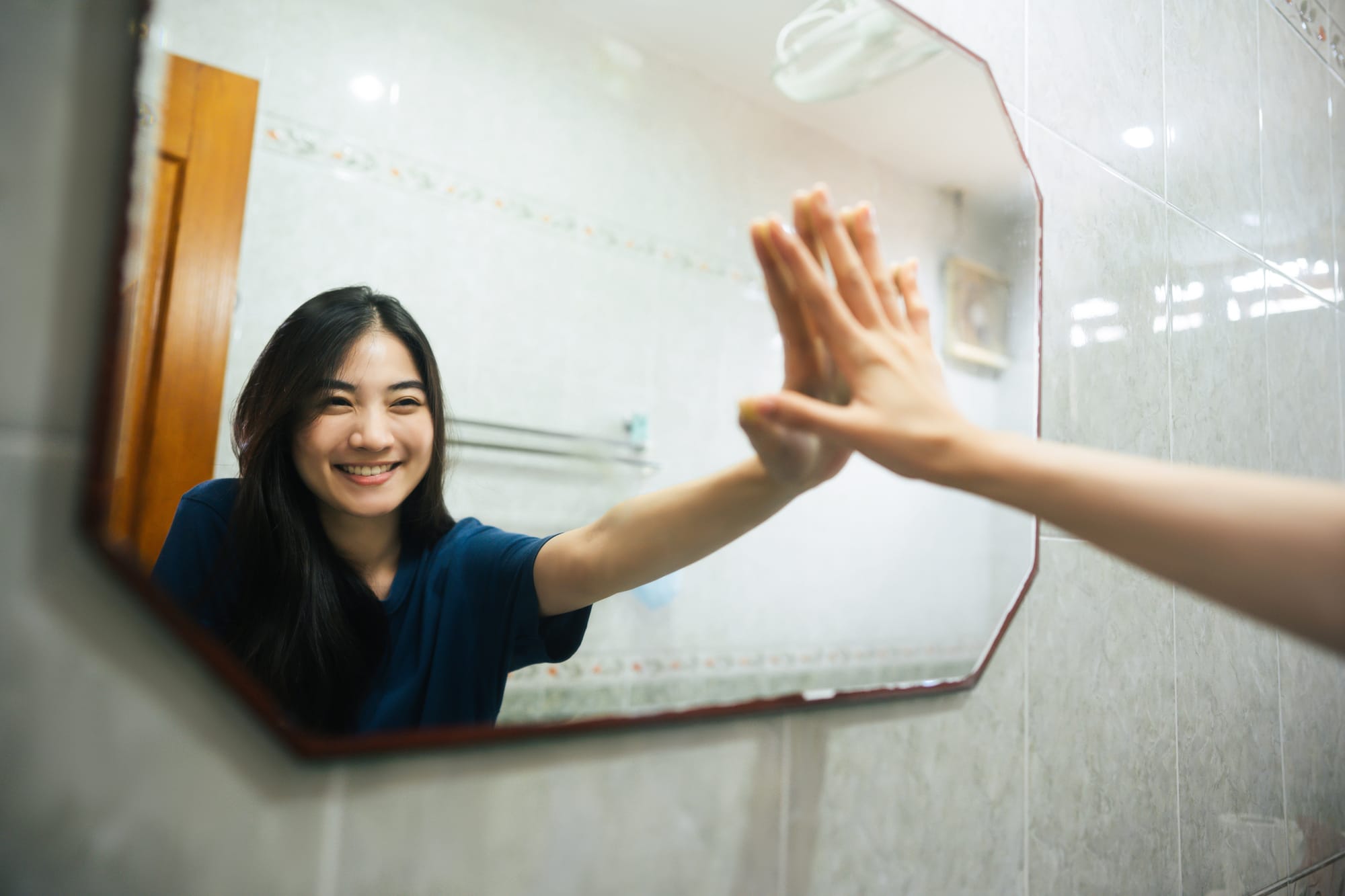A look at how trauma impacts your authentic self.

Jason Brien.
The easiest way to think of the authentic self is to think of the single and solitary ‘self’ that we were born with. It is important to note that the ‘self’ and the ‘ego’ are one in the same. The two terms can be used interchangeably. The ‘self’ is also our identity. Trauma causes us to lose faith in our authentic ‘self’ and as a result we begin to interrogate, analyse and question our ‘self’ and its abilities and capabilities across time - the past, the present and the future.Trauma exposes the weaknesses of the ‘self’ within its strong hold - its comfort zone. Trauma humiliates the ‘self’ and it’s so called ‘strengths. Trauma strips the ‘self’ completely naked forcing it to stand in front of a mirror exposed, raw and vulnerable. The ‘self’ is stunned and confused by the sudden turn of events. It has gone from strong and all-knowing to weak, confused and vulnerable. The ‘self’ doesn’t like feeling vulnerable and it seeks to rectify the effects of the trauma as quickly as possible and by any means possible.
Unfortunately, humans foolishly delay their trauma healing as we have an inherent tendency to want to resist this reflection process and so we consciously and/or unconsciously engage in behaviours which prevents the ‘self’ from looking at itself in the mirror. The ‘self’ can avoid looking at its reflection in a variety of ways. It can hyperfocus on the trauma to the extent that it transports itself back in time thus preventing it from looking at is reflection in the now (one of the most common trauma responses).Likewise, it can hyperfocus on how the trauma can potentially affect itself at some point in the future (anxiety) which, again, prevents it from focusing on its reflection in the now. The ‘self’ can also leave the mirror and avoid it altogether (escape and avoidance responses to trauma). It can distort what it sees in the mirror (false memories, employing defence mechanisms/cognitive distortions) or it can numb the pain it feels when it looks at its reflection (self-medicate with drugs, alcohol, etc).
Some people simply cannot bear to look at the ‘self’ in the mirror. They are so ashamed of how the ‘self’ responded to the trauma that they are willing to replace the ‘shameful’ and ‘abhorrent’ authentic self with an ‘ideal’ and ‘exemplary’ false self. These people superimpose the image of this newly created false ‘self’ OVER the reflection of the original ‘self’ so that when they look in the mirror, they see only the ‘self’ which was created post trauma and they see nothing of the pre-trauma authentic self.They then interact with and idolise this false self. They continually and exorbitantly cater to the needs of the false ‘self’ whilst ignoring and rejecting the needs of the original ‘self’ which is stuck behind. The false ‘self’ is idolised to an unimaginable degree. After all, this false ‘self’ was created from strengths only. It acknowledges no weaknesses. It is therefore far superior to that which preceded it. The false ‘self’ has, at least in one sense, adapted to protected itself from future trauma and future pain.
These are all the ‘wrong’ approaches though. The ‘self’ must look at its reflection in honest detail if it wishes to adapt, learn, grow and ultimately heal. If the ‘self’ avoids the mirror or leaves the mirror too soon it will miss out on a fantastic opportunity. By looking at its reflection, the self has an opportunity to view what it is made of. Many people don’t realise or appreciate that this is the true purpose of trauma - to challenge the self, explore the self, learn, adapt and grow.People also fail to realise that the ‘self’ that we are born with is but a small innocent child which must be loved and nurtured and taught how to survive in a rough world. We wouldn’t reject and abandon a baby if they cannot perform the actions of an adult. Likewise, we also don’t reject or abandon a baby if they are exposed to trauma. We help the baby to pick itself up and we teach the baby to grow and learn and become stronger as a result of its experiences.
This is how our authentic self should be treated. Regardless of how many times it ‘fails’ us, we must continually provide it with unconditional love and support. We don’t give up on it by not allowing it to look at itself in the mirror or by replacing it. We must allow the ‘self’ to learn to love and accept its reflection regardless of imperfections. We must allow the ‘self’ to honestly appraise that which it sees in the mirror. Those elements that it does not like, it must accept as inevitable (imperfections) or they must focus on change (faulty social indoctrinations, introjects, etc). We must trust and have faith that our ‘self’ can learn and change for the better and believe that it can reach its full potential if given the chance (self-actualisation).